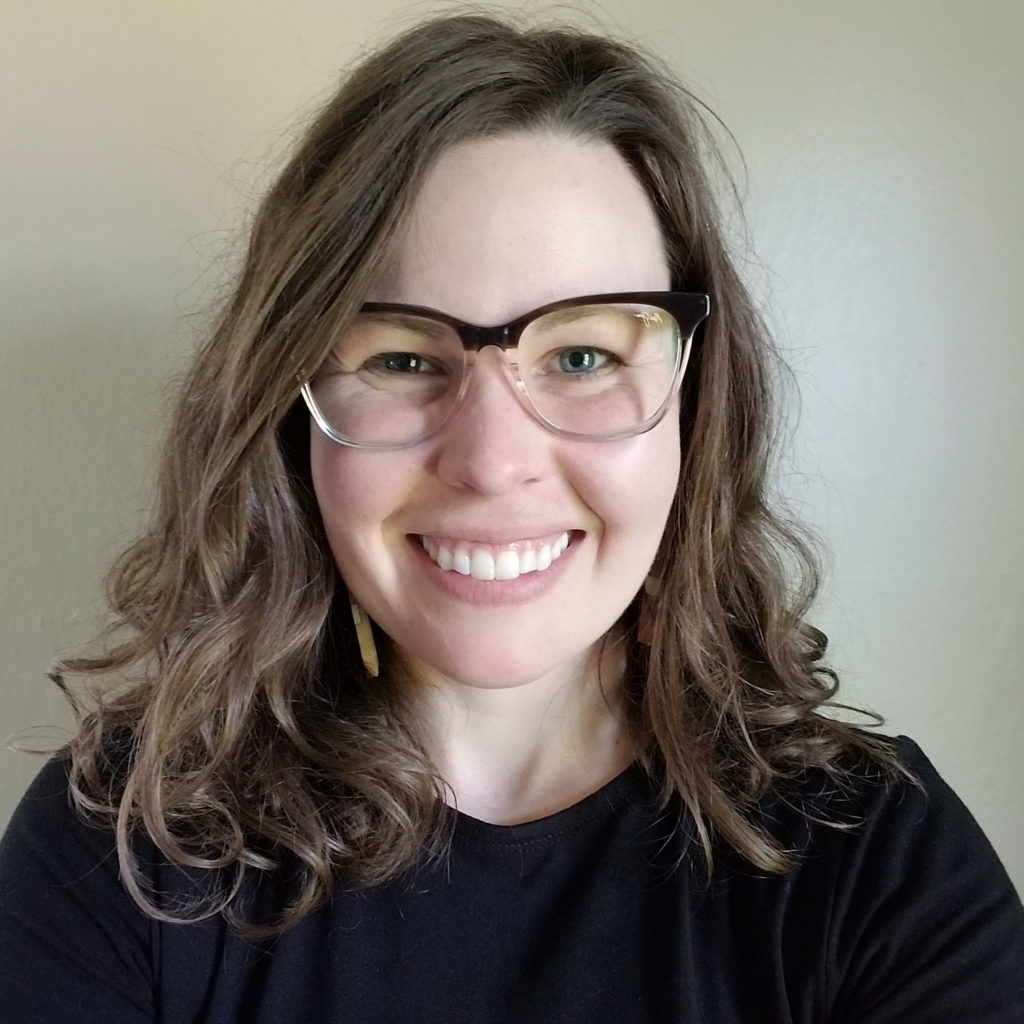
Laurel Hopkins was awarded the Future Investigators in NASA Earth and Space Science and Technology fellowship to support her doctoral research to improve species distribution models. The models link environmental variables to species occurrences and are useful tools for science and conservation.
Hopkins, a graduate student of computer science in the College of Engineering at Oregon State, was inspired by a class project in which she was modeling butterfly occurrences. She realized she could improve species distribution models using deep learning methods to analyze satellite images.
“Deep learning methods are incredibly powerful in extracting semantic information from images, meaning these techniques are well suited to analyze remotely sensed data,” she said.
She will use a large dataset of NASA Landsat images to train deep networks which, based on preliminary results, she expects will produce habitat summaries that are more descriptive than traditional methods, and lead to more informative species distribution models.
Hopkins will publicly share the image library and deep network architectures so other researchers can use them to advance ecological research.
The award is for $135,000 to support her research under the guidance of Rebecca Hutchinson, assistant professor of computer science, and of fisheries and wildlife.
“I am thrilled to be working towards better understanding how we can limit our footprint and help support biodiversity,” Hopkins said. “It is phenomenal to get this support from NASA because it means that they understand the need and importance of this area of work.”
CATEGORIES: Awards Student Stories
